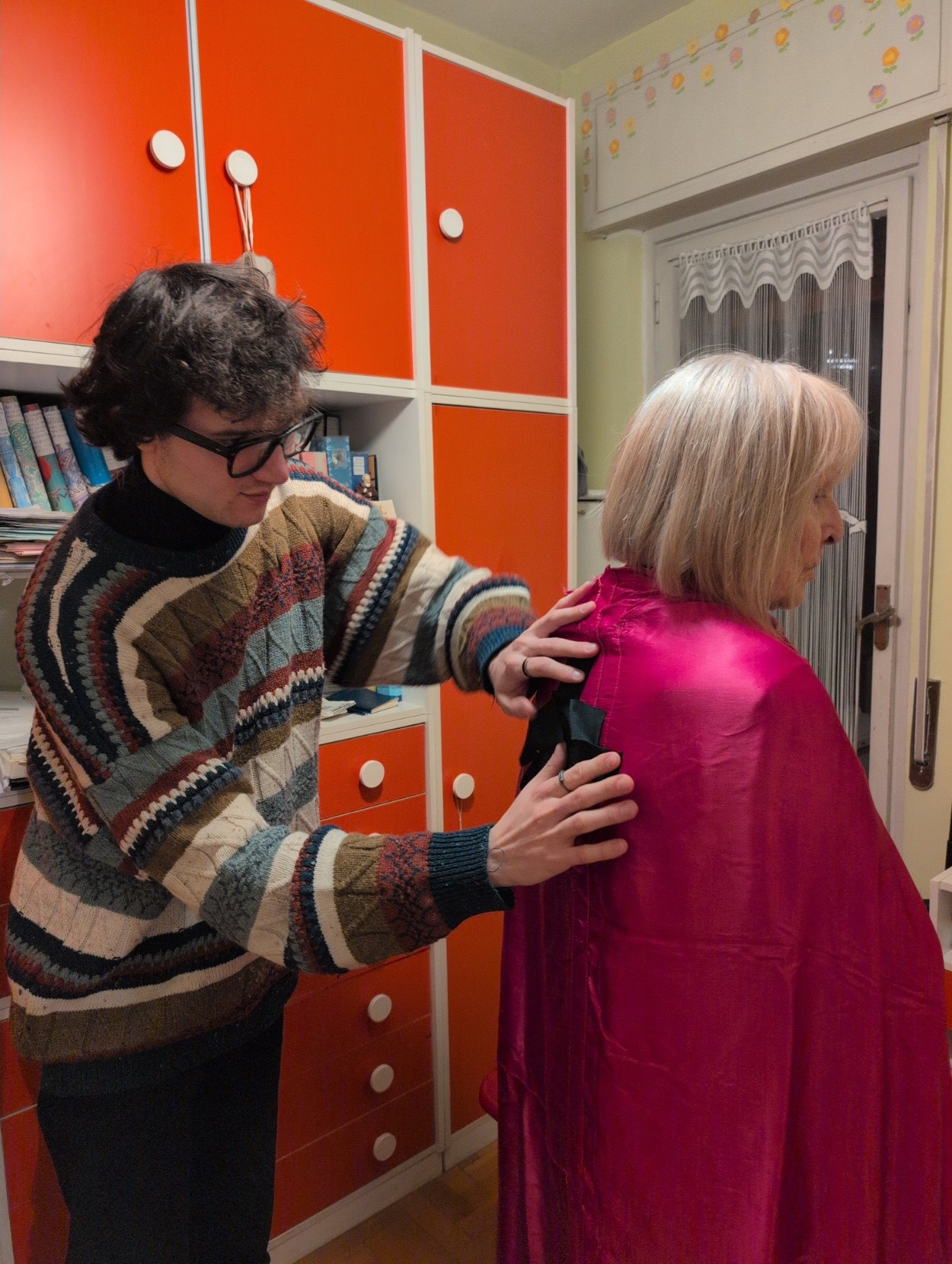Hey @mayel@bonfire.cafe . i followed you and @Bonfire@bonfire.cafe but sitting at Requested. I've seen this randomly. I know some folks need to approve follows. Didn't know if this was the case or there's a bug.
@ozoned@btfree.social @mayel we fixed the issue in recent alphas, tomorrow we will ship the 1.0.1 for you to upgrade! lot of improvement esp in regard of performance!!




